Info
Subfamily: Chloridoideae
Genus etymology: Sporobolus = "seed thrower" referring to the seed being ejected from the pericarp
Species etymology: diandrus = "two anthers" [Latin] refering to two anthers per floret
Photosynthetic type: C4 (warm season)
Nativity: naturalized - accidental
First recorded in Hawaiʻi: 1911
Map
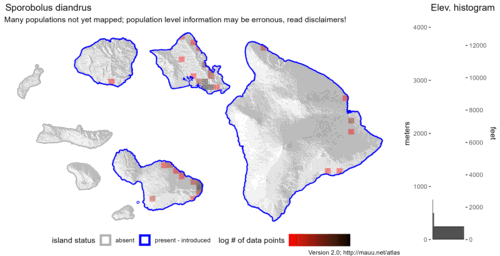
Inflorescence

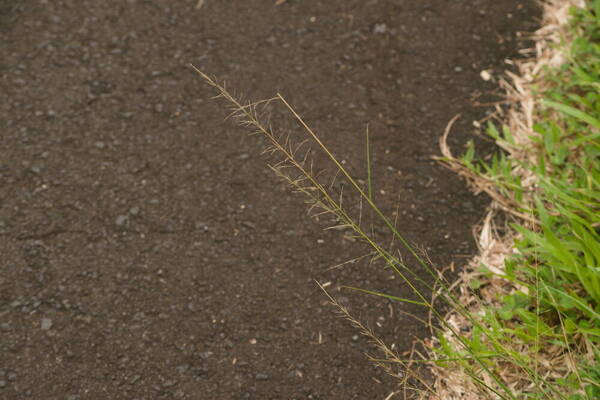
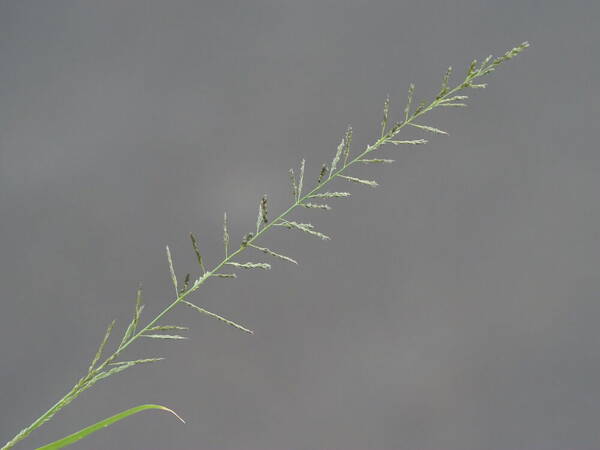
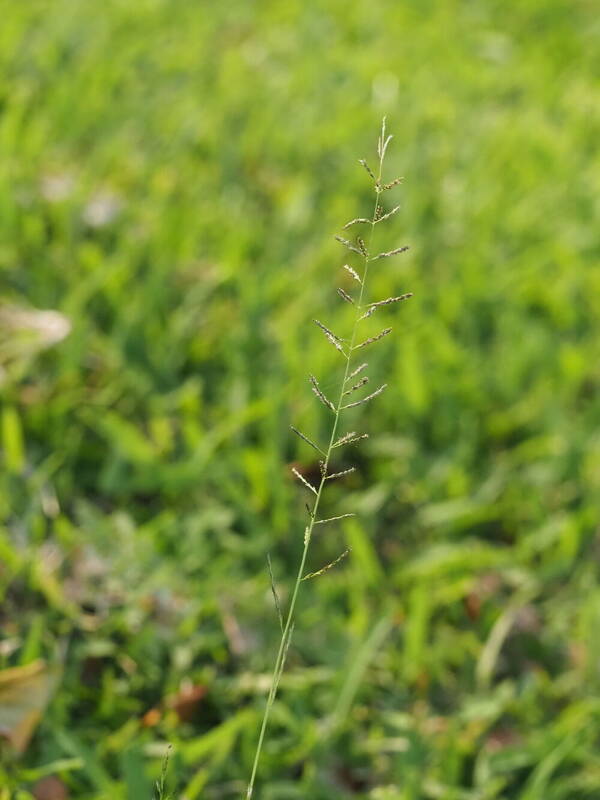
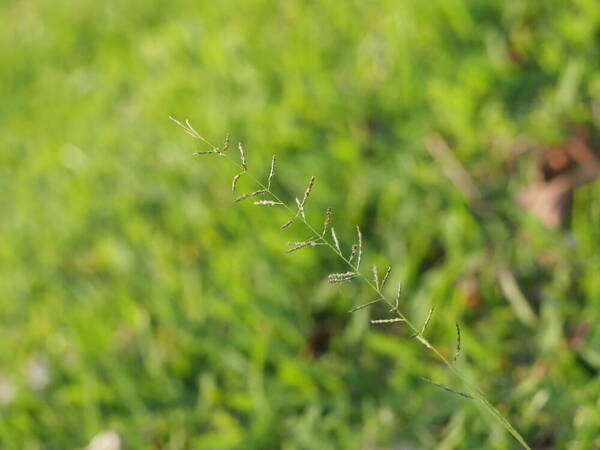
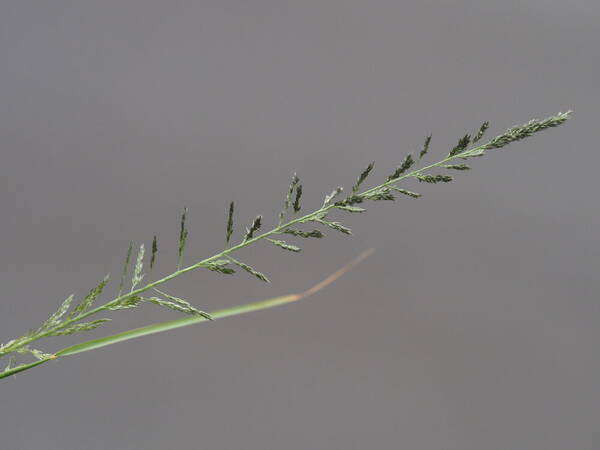
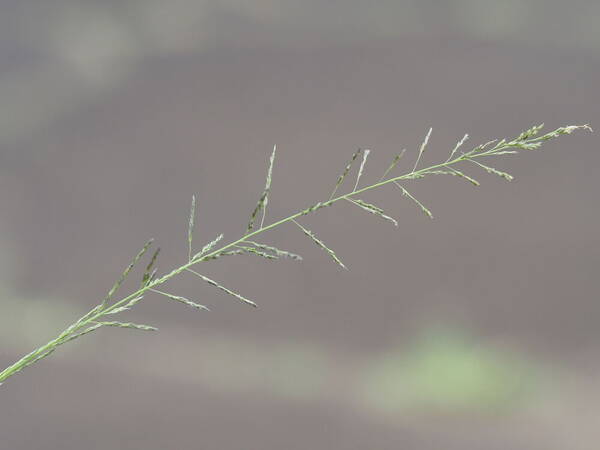
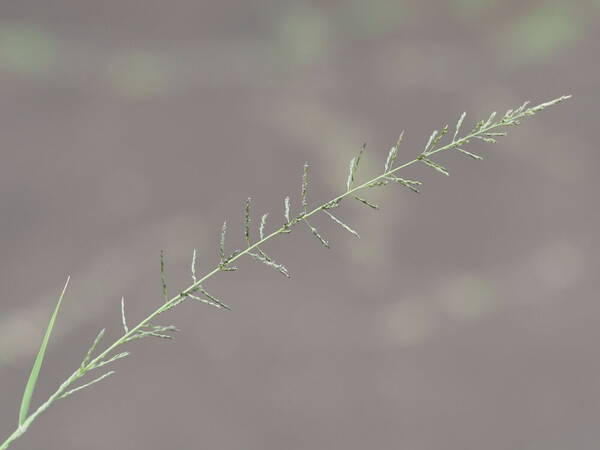
Plant
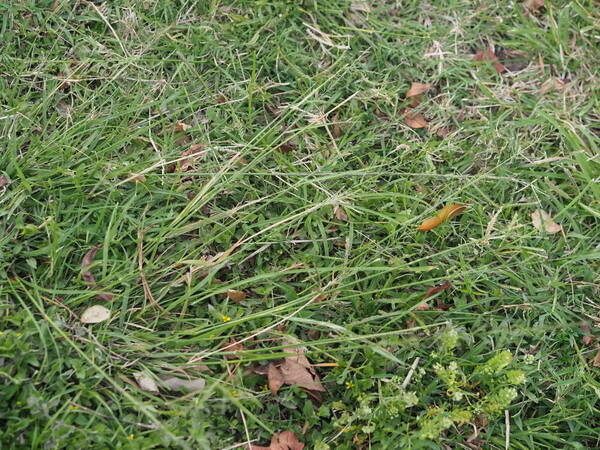
Habit

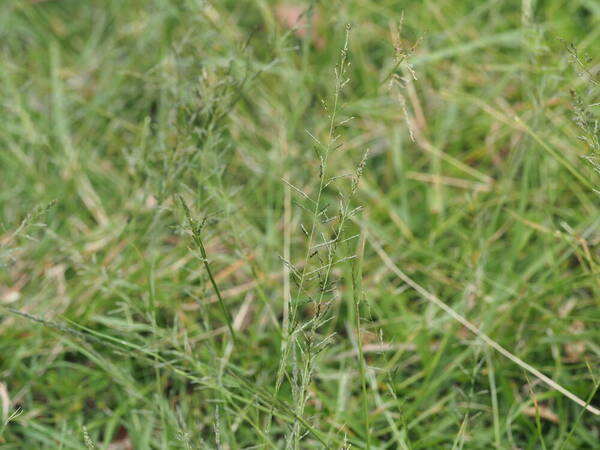
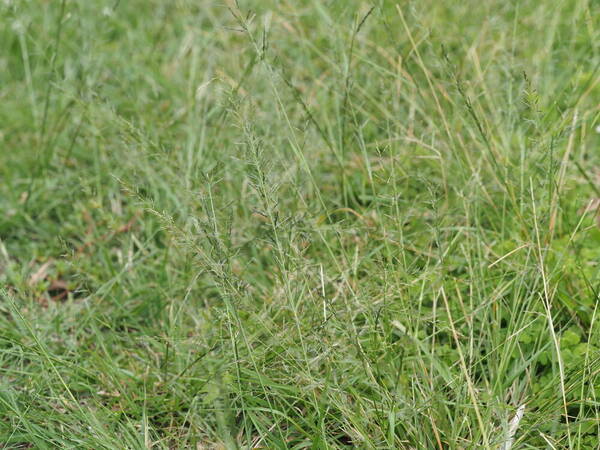
Spikelets
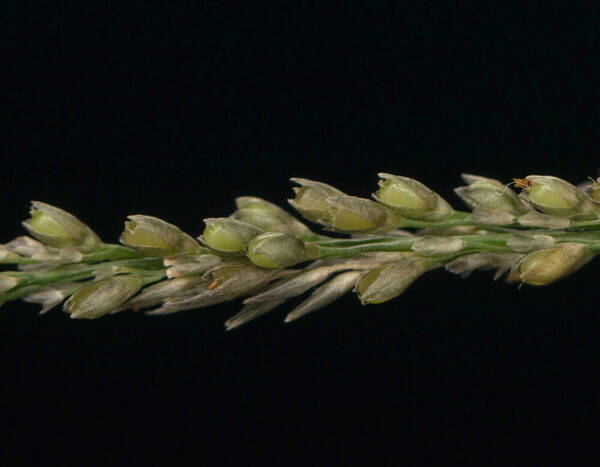
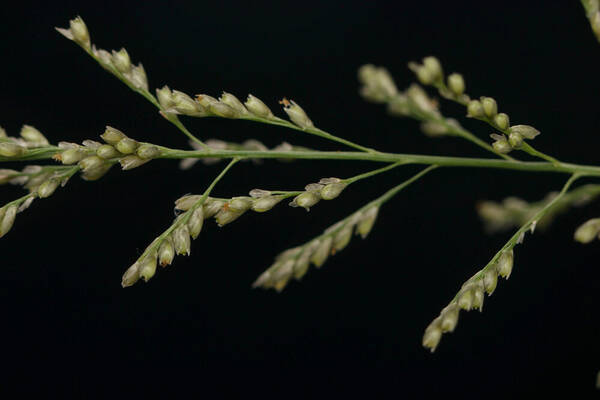
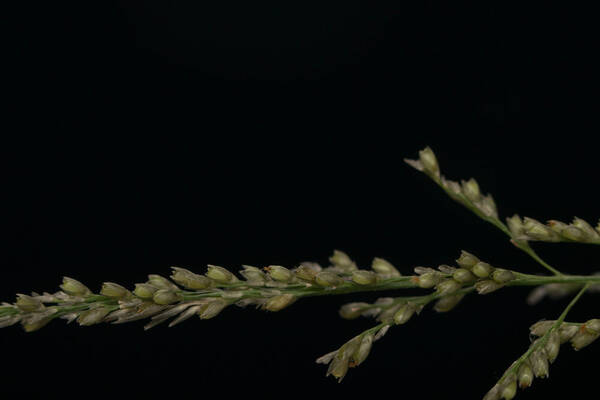

Collar

Description
Plants perennial; cespitose, not rhizomatous. Culms 30-80 cm. Sheaths keeled or rounded; ligules 0.2-0.5 mm; blades 10-30 cm long, 2-4 mm wide, flat, becoming folded. Panicles 15-35 cm long, 0.4-4 cm wide, contracted to rather lax and open; primary branches appressed to strongly ascending, without spikelets on the lower XA, lower branches much longer than the internodes; pedicels 0.1-3 mm. Spikelets 1.3-1.8 mm, plumbeous to greenish. Lower glumes 0.4-0.8 mm, acuminate to truncate; upper glumes 0.7-1 mm, usually less than H as long as the florets, rarely longer, faintly 1-veined, truncate, erose to denticulate; lemmas 1.2-1.6(1.8) mm, elliptic, glabrous, 1-veined, acute to obtuse; paleas 1.4-1.8 mm, elliptic; anthers 2(3), 0.5-0.8 mm. Fruits 0.7-0.9 mm, quadrangular, laterally compressed, reddish-brown, truncate. 2n = 12.
(Description source: Barkworth, M.E., Capels, K.M., Long, S. & Piep, M.B. (eds.) 2003. Flora of North America, north of Mexico. Volume 25. Magnoliophyta: Commelinidae (in part): Poaceae, Part 2. Oxford University Press, New York. 783 pp. http://floranorthamerica.org/Sporobolus_diandrus )
Perennials; culms tufted, erect from a geniculate base, slender, 3-7 dm tall, glabrous. Sheaths glabrous, compressed, sometimes sparsely pilose at throat; ligule membranous, shallow, margins fimbriate; blades linear, flat, involute when dry, 1-2 (-4) mm wide, glabrous or with a few hairs on the upper surface. Panicles narrow, somewhat diffuse, up to 30 cm long, the branches ascending to spreading, 2-3 cm long near base; spikelets numerous, clustered along the branches, slightly compressed, 1.3-1.5 mm long, glabrous, short pedicellate; glumes unequal, first glume ca. 0.3 mm long, apex truncate, second glume ovate, ca. 0.5 mm long, apex obtuse; lemma grayish green, ovate, ca. 1.4 mm long, 1-nerved, apex acute; palea ovate, ca. 1.3 mm long, grayish green, nerveless. Fruit green to brown, cuboid-oblong, 0.6-0.8 mm long. [2n = 24, 36, 48.]
(Description source: O’Connor, P.J. 1990. Poaceae, pp. 1481–1604. In: Wagner W.L., Herbst D.R. & Sohmer S.H. (eds.)., Manual of the flowering plant of Hawaiʻi. Vol. 2. University of Hawaii Press & Bishop Museum Press, Honolulu )